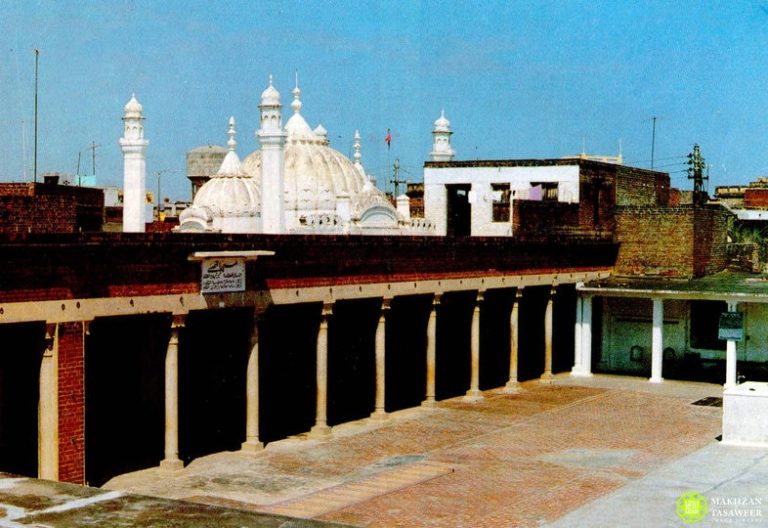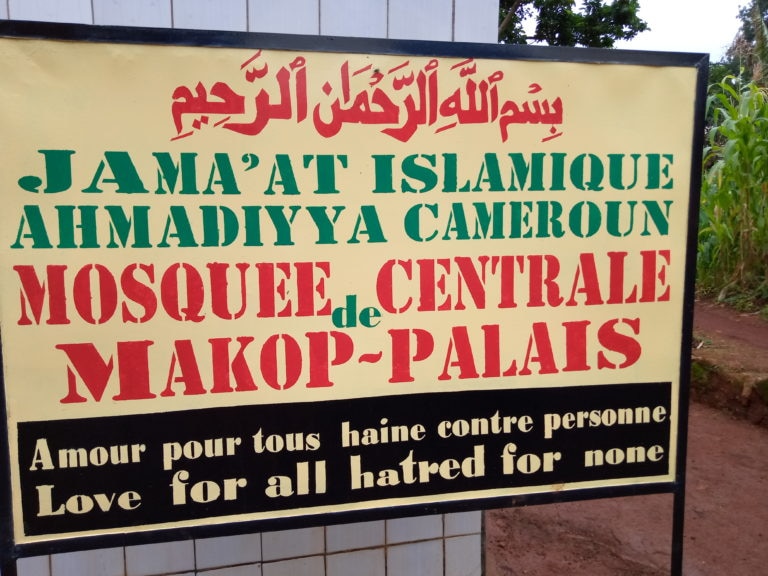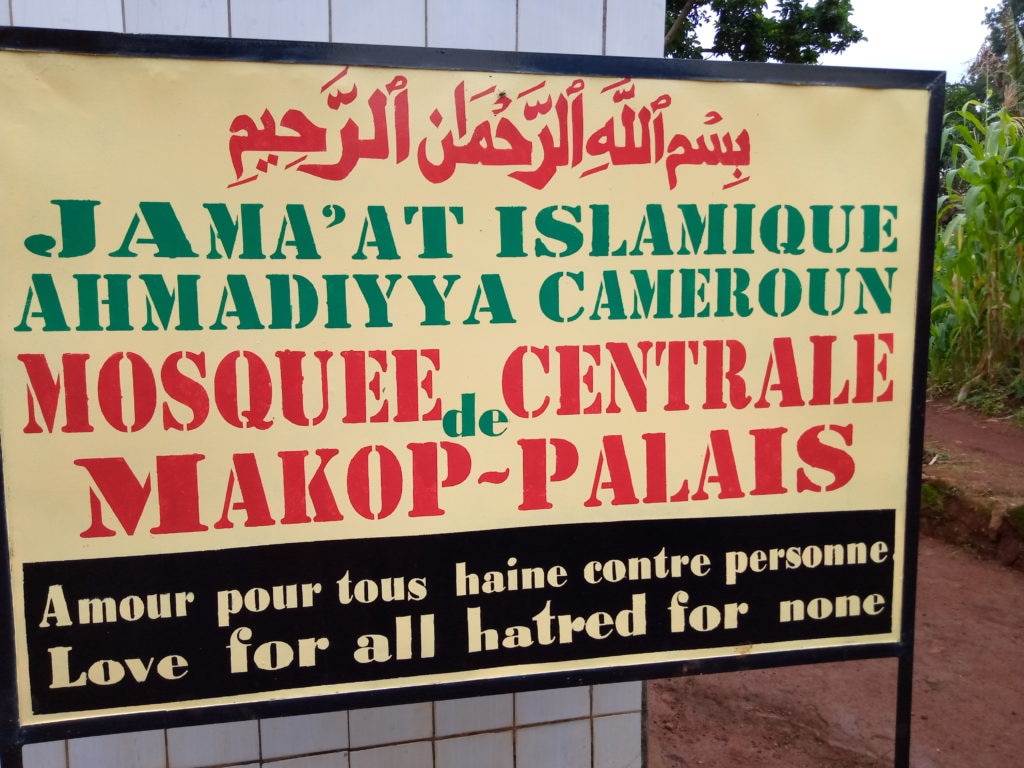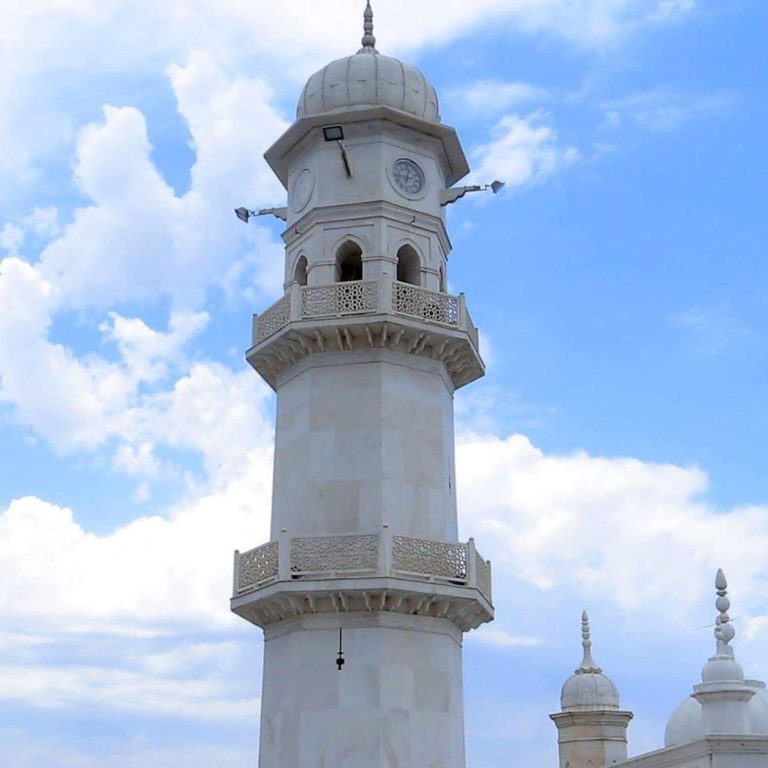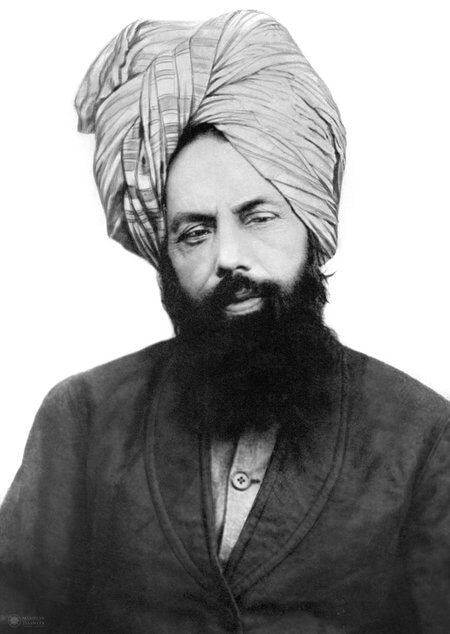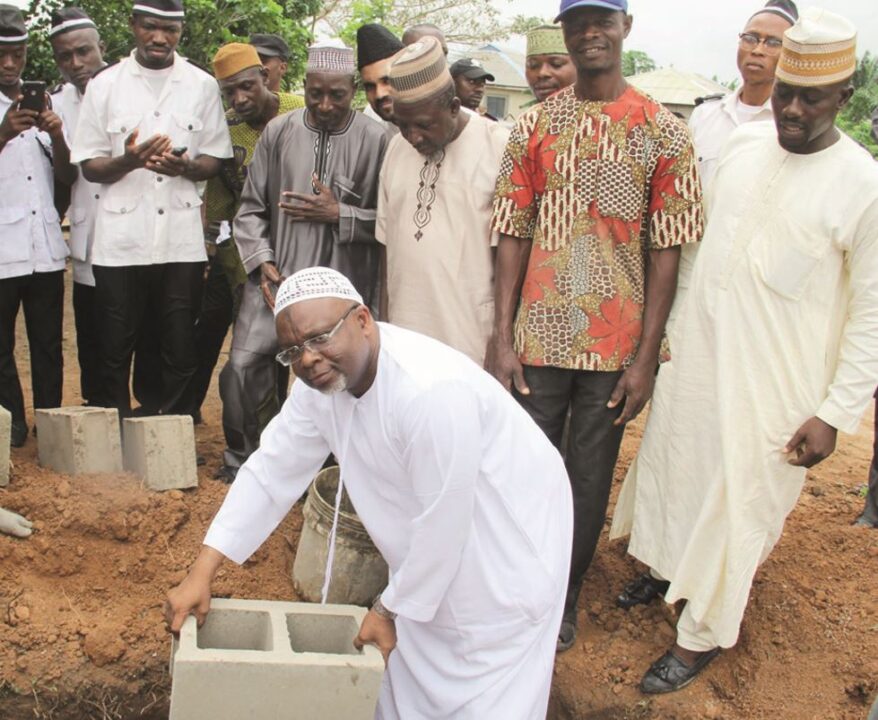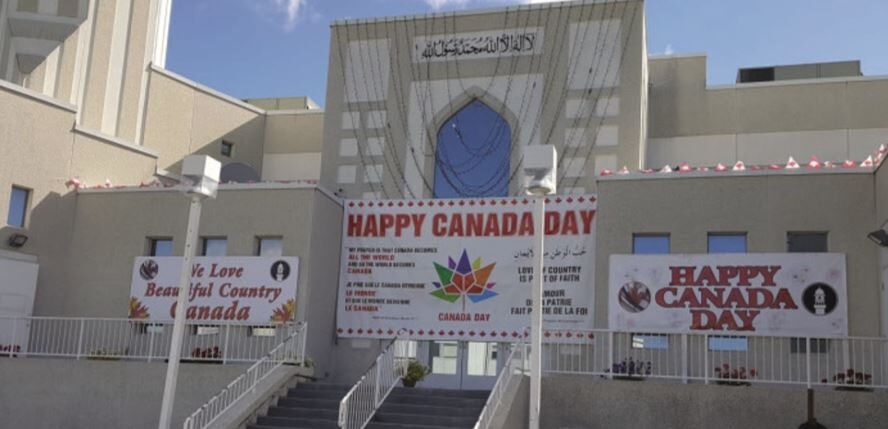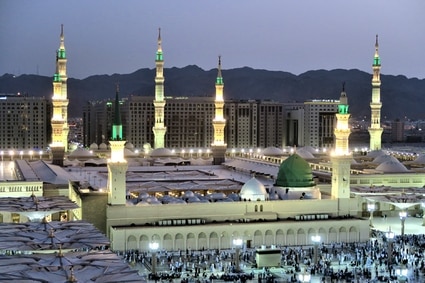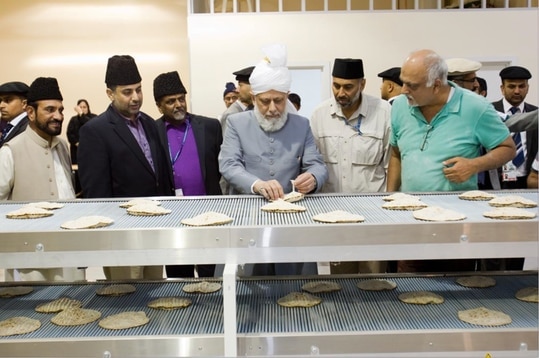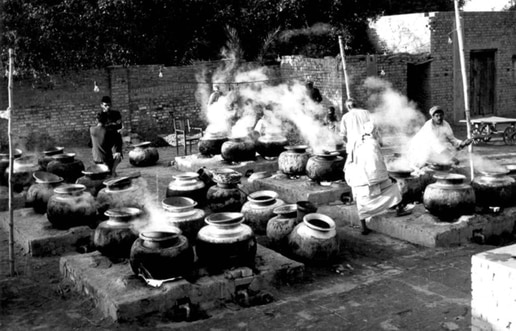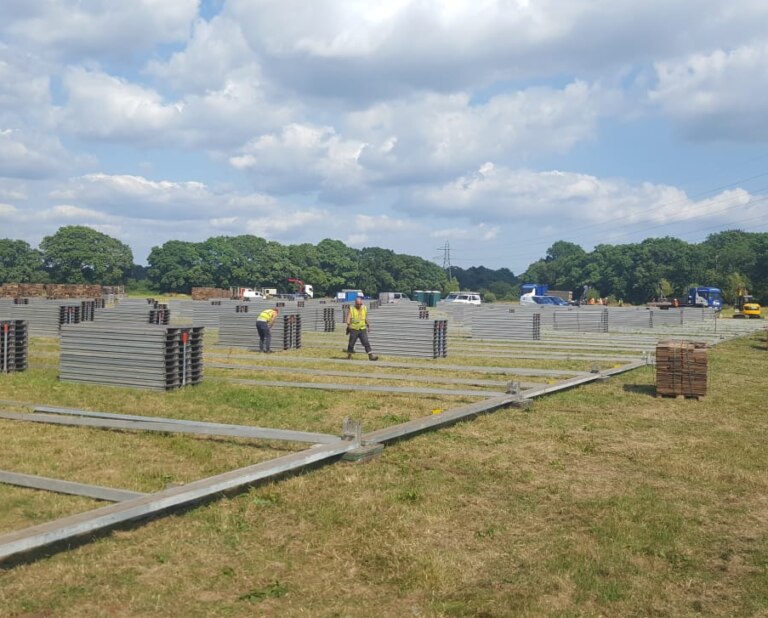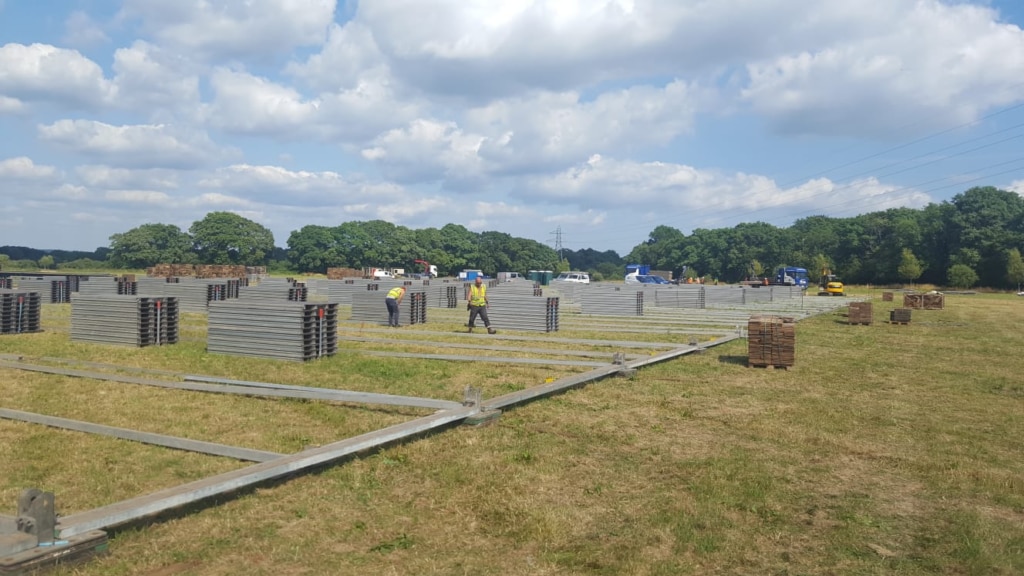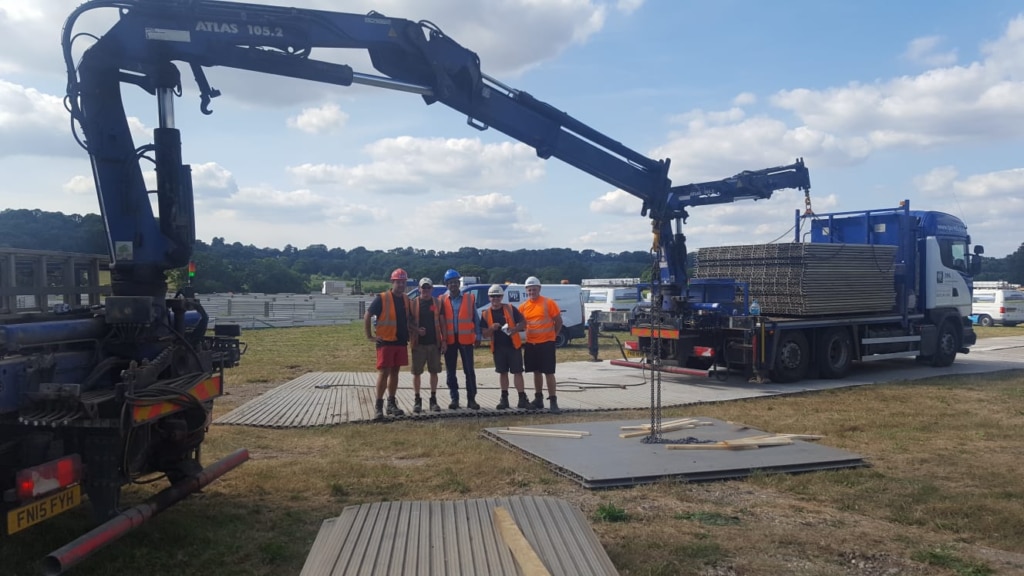26 July 1913: Hazrat Syed Zainul Abidin Valiullah Shahra and Sheikh Abdur Rahman Sahib were sent to Egypt to excel their expertise in Arabic language. Sheikh Abdur Rahman Sahib later attached “Misri” (someone related to Misr – Egypt) with his name.
26 July 1947: Hazrat Sir Chaudhry Muhammad Zafarulla Khanra presented the case of Muslims of the Indian subcontinent in front of the boundary commission, which was devised to decide the borderline between India and Pakistan. His proficiency, acute knowledge and command on the subject was highly applauded by all concerned parties.
27 July 1910: Hazrat Khalifatul Masih Ira graciously approved the request of dignitaries of Multan city and delivered a speech which was full of knowledge and wisdom. A large gathering thronged to benefit from this address delivered in the hall of Madrasa Anjuman Islamiya.
27 July 1928: Hafiz Jamal Ahmad Sahib was sent to Mauritius as a missionary. He spent the next 21 years serving there, propagating the message of Islam on this island. He passed away on 27 December 1949 and was buried there. On his demise, Hazrat Musleh-e-Maudra said about Mauritius, “Blessed is that land where one as supremely resolute and pious as him is buried”.
27 July 1937: Sheikh Abdur Rahman Misri started mischievous activities by creating secret groups to spread his malicious agenda amongst members of the Jamaat about Khilafat.
27 July 1955: Hazrat Musleh-e-Maudra was in London, where a blessed soul from Malta accepted Ahmadiyyat. This person was an engineer by profession. In this way, the Jamaat was established on a small island in the Mediterranean Sea.
27 July 1956: Hazrat Musleh-e-Maudra delivered a Friday sermon, in which Huzoorra drew the attention of members of the Jamaat to study historic events from Islamic history, such as when a conspiracy was hatched by Abdullah bin Saba against the third Khalifa-e-Rashed, Hazrat Usmanra. Huzoorra spoke strongly about the destructive outcomes of those perilous plans.
27 July 1957: A seasoned missionary of the Jamaat, Sheikh Mubarak Ahmad Sahib laid the foundation stone of a mosque in Jinja, a town in southern Uganda, on the shore of Lake Victoria – the source of the Nile.
28 July 1914: A prophecy by the Promised Messiahas with worldwide effects began to unfold, when, one month to the day after Archduke Franz Ferdinand of Austria and his wife were killed by a Serbian nationalist in Sarajevo and Austria-Hungary declared war on Serbia, the First World War reared its ugly head.
28 July 1924: Hazrat Musleh-e-Maudra with his entourage boarded an express train to reach Cairo from Port Said during his tour of Europe.
28 July 1960: Allama Niaz Fatehpuri visited Qadian and stayed there for two days. He penned a powerful review about the Jamaat. He used to admire and recognise the great and eminent knowledge of the Quran that Hazrat Mirza Bashiruddin Mahmud Ahmadra possessed. He once stated, “There is no denying the fact that Mirza Ghulam Ahmad Qadiani has surely rekindled the morality and ethics of Islam and created a community, whose life can certainly be considered a reflection of the character of the Prophet Muhammad, peace and blessings of Allah be upon him.”
29 July 1910: Hazrat Mirza Bashiruddin Mahmud Ahmadra delivered what was probably his first ever Friday Sermon, while Hazrat Khalifatul Masih Ira was away on his tour of Multan.
29 July 1926: Hazrat Musleh-e-Maudra embarked on his journey towards Dalhousie. From there, he returned to Qadian in September.
29 July 1956: Khuddam-ul-Ahmadiyya of Karachi arranged its annual Ijtema. On this occasion, Hazrat Musleh-e-Maudra sent his message, which bore the core theme of observance of complete obedience towards Khilafat.
29 July 1957: The chancellor of Austria was gifted a copy of the Holy Quran’s German translation.
31 July 1910: Hazrat Khalifatul Masih Ira addressed the general public gathered at the Ahmadiyya Building in Lahore to listen to what he had to say. Hazrat Maulvi Nuruddinra chose the topic of Islam and its comparison with other religions. Huzoorra made his journey back to Qadian the same evening.
31 July 1920: Hazrat Musleh-e-Maudra travelled to the hillside city of Dharamshala, nowadays located in the Indian state of Himachal Pradesh. Surrounded by cedar forests on the edge of the Himalayas, Huzoorra stayed here until 27 September. During his stay, Huzoorra composed his famous, heart-rending and energising poem, “Naun-e-halan-e-Jamaat…”
31 July 1928: Hazrat Syeda Sara Begum, noble wife of Hazrat Musleh-e-Maudra, passed the examination of Adeeb. She stood first amongst the female candidates from the whole province.
31 July 1954: A group of climbers from Italy scaled the second highest summit of the Himalayan range, K2. An Ahmadi youth, Col Muhammad Ataullah was a local team member, who accomplished this historic triumph.
31 July 1958: The revered wife of Hazrat Musleh-e-Maudra, Hazrat Syeda Umm-e-Nasir passed away in Murree.
31 July 1962: Digging work began in Switzerland for a new Ahmadiyya mosque.
August 1923: A group of young men from Sumatra, a large island in western Indonesia, reached India to acquire religious studies. After they reached Qadian, some of them entered the fold of Ahmadiyyat just after gaining basic information and spending time with the local Ahmadis.
August 1935: The Second Italo-Ethiopian War, also referred to as the Italo-Abyssinian War, was raging and engulfing the region day by day. Hazrat Musleh-e-Maudra was greatly concerned for the locals there. Huzoorra instructed and dispatched Dr Nazir Ahmad Sahib, son of Hazrat Master Abdur Rahmanra (Mehr Singh), to discharge medical duties and general welfare tasks for the masses. Later, Ethiopia was defeated, annexed and subjected to military occupation and the Ethiopian Empire became part of the Italian colony of Italian East Africa.
August 1939: To inculcate the habit of hard work and to discourage laziness, Hazrat Musleh-e-Maudra instructed to arrange a marathon walk for Waqifeen from Qadian to a nearby village.
August 1950: Bashir Ahmad Orchard Sahib began publishing the Muslim Herald from Glasgow, UK.
1 August 1923: Hazrat Amma Jan, Nusrat Jehan Begumra laid the foundation stone for the female ward in Noor Hospital, Qadian.

